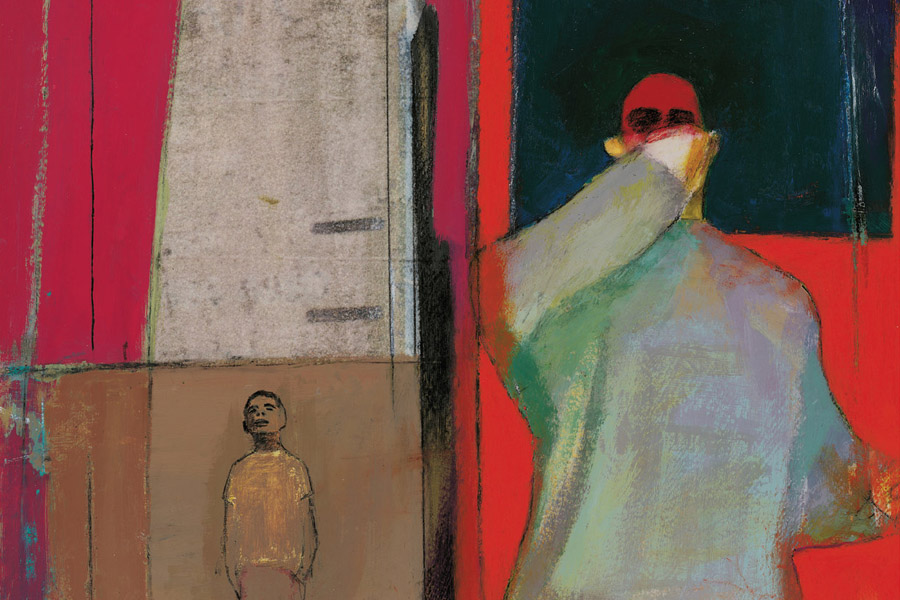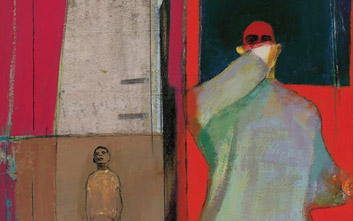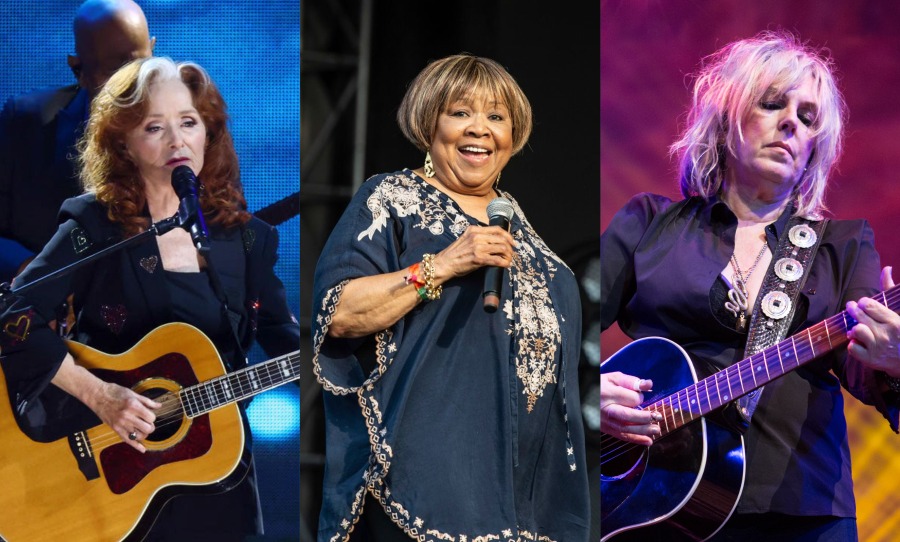By the end of the 1990s Britain’s music climate was in the midst of a serious shift. Britpop was on the way out, and people were pining for a new sound. By the time Southport five piece Gomez bust onto the scene in April of ‘98 with their debut album Bring It On, the world was just about ready for their ardent indie-rock wrath.
Step back in time to ’96 and Gomez, consisting of guitarist and vocalist Ian Ball, bassist Paul Blackburn, multi-instrumentalist Tom Gray, and vocalist and guitarist Ben Ottewell, were relative unknowns. Despite having played only one gig, the boys began recording a four track demo in Peacock’s dad’s garage in the summer.
After sending the completed demo to four labels, an all-out bidding war ensued with more than 25 US and UK labels fighting to sign them.

A chaotic conglomerate of oddball influence, the curious case of Bring It On remains one of the most interesting releases in British cannon.
After signing to Hut (Virgin) Records in September ‘97, they began recording for Bring It On. They entered Parr Street Studios with engineer Ken Nelson, bringing with them a selection of new songs and reworking the pre-existing demos, choosing to produce the LP themselves.
The first single 78 Stone Wobble was released in March ‘98 with the album following a month later. The finished product showed that the blues loving lads had cooked up a fiery gumbo of psychedelic delta stomp, with a touch of their unique Southport Soul, plus the strong and unmistakable stamp of British indie.
Bring It On was getting warm welcomes on both sides of the pond with Spin calling it a “damn beautiful album” and Allmusic’s Greg Prato comparing 78 Stone Wobble to Nirvana’s unplugged version of Meat Puppets’ Plateau.
The overall depth of Gomez’ sound on the LP is startling, channelling the essence of NOLA through their use of organs, slow distorted guitars, trombones and a sterling rhythm section. Adding to this mighty melange are short lived experimentations with digitally manipulated vocals, samples and off-centre synth.
The boys brought with them the weirdness, and when each musician played, they did so in perfect symmetry with the rest of the group. However, there’s no dispelling that the true high-points of the LP were Ben Ottewell’s gutsy, sorrowful growls. They cast a sensational spell over the album, giving it a unique, swampy warmth, intertwining seamlessly with his band mates’ zephyr-like harmonies.
Although filled with strong American influence, Bring It On is essentially a Brit-Indie album at its core. Between the accents, the distinct British style of melancholy, the places named, and the drug imagery sewn throughout the tracks, there’s no mistaking that this record was made by a bunch of young Englishmen who loved to get high and reminisce about it.
Despite being their only album not to chart in the US, Bring it On went platinum, charting in Australia, and peaking at 11 on the UK album charts. They also went on to win the Mercury Music Prize in September 1998, beating fan favourites Massive Attack and their LP Mezzanine, Pulp’s This Is Hardcore and The Verve’s Urban Hymns. The win topped off what had been an incredibly successful year for the band, which included two performances at Glastonbury, and a number of splashy American magazine features.
Ultimately Bring It On’s quirky collage of sounds served as the exquisite soundtrack to the end of an era, and marked the beginning of a new and intoxicating time for music. Gomez were and still are one of the most curious groups in the Brit cannon.
You can catch the band on Aussie shores next March for their 20th anniversary Bring It On tour. Grab your tickets here.
Tuesday 27 March – Old Adelaide Gaol, Adelaide
Saturday 31 March – Enmore Theatre, Sydney
Sunday 1 April – 170 Russell, Melbourne – SOLD OUT
Monday 2 April – 170 Russell, Melbourne
Wednesday 4 April – Metro City, Perth
Also appearing at Bluesfest Byron Bay



